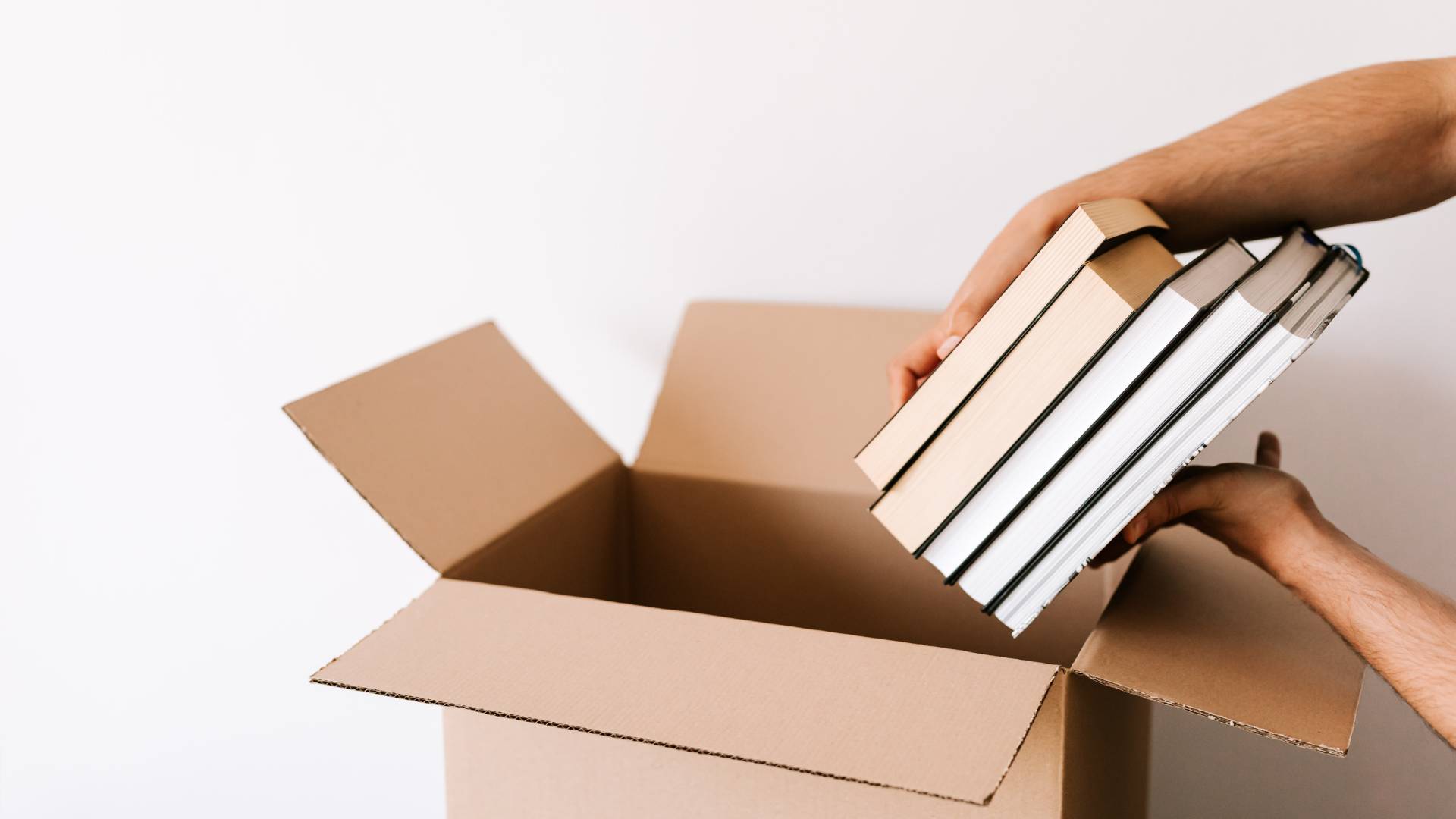Whether you’re downsizing, relocating temporarily, or simply decluttering your home, proper preparation is key when it comes to storing your belongings. A well-organized and protected storage approach ensures that your items stay in good condition until you’re ready to retrieve them. Here’s a comprehensive guide on how to prepare your items for storage:
1. Declutter and Sort:
Before packing for storage, declutter your belongings. Separate items into categories – keep, donate, discard. This not only lightens your load but also ensures you’re storing only what you truly need.
2. Clean and Disassemble:
Thoroughly clean items before storing them to prevent the accumulation of dirt and dust. Disassemble large furniture and appliances to save space and facilitate easier packing.
3. Use Appropriate Packing Materials:
Invest in quality packing materials to protect your items during storage:
- Boxes: Use sturdy, uniform-sized boxes. Reinforce the bottoms with packing tape to prevent them from collapsing.
- Bubble Wrap: Wrap fragile items like glassware, dishes, and electronics in bubble wrap for extra protection.
- Packing Paper: Use packing paper to wrap items that might be sensitive to the adhesive on tape.
- Furniture Covers: For larger items like sofas and mattresses, use specially designed covers to shield them from dust and potential damage.
4. Label Everything:
Label each box with its contents and the room it came from. This makes it easier to locate specific items when you need them later.
5. Create an Inventory:
Maintain a detailed inventory of the items you’re placing in storage. This serves as a quick reference and helps with tracking your belongings.
6. Disassemble Furniture:
If possible, disassemble furniture to save space. Keep all screws, nuts, and bolts in labeled bags and tape them to the corresponding furniture piece.
7. Protect Fragile Items:

For delicate items like glass, porcelain, or artwork, take extra precautions:
- Use Dish Packs: Dish boxes are designed with extra padding, making them ideal for fragile kitchen items.
- Proper Stacking: Place heavier items at the bottom and fragile items on top. Fill empty spaces with packing paper to prevent shifting.
8. Climate-Controlled Storage:
If possible, choose a climate-controlled storage unit, especially if you’re storing sensitive items like wooden furniture, electronics, or artwork.
9. Avoid Plastic Bags:
While plastic bags may seem like a convenient option, they can trap moisture and lead to mold or mildew. Stick to breathable materials like cardboard.
10. Stack Strategically:
Place heavier boxes at the bottom and lighter ones on top. Leave pathways between boxes for easy access.
11. Protect Against Pests:
Consider placing mothballs or cedar blocks in your storage unit to deter pests. Ensure that the storage facility is pest-controlled and well-maintained.
12. Insurance Coverage:
Check if your homeowners or renters insurance covers items in storage. If not, consider purchasing additional insurance to protect your belongings.
13. Rent the Right Size Unit:
Opt for a storage unit size that accommodates your needs. Don’t overpack a small unit or waste money on excessive space.
14. Choose a Reliable Storage Facility:
Select a reputable storage facility with good security measures, climate control options, and positive reviews from other customers.
By following these steps, you’ll ensure that your items are well-prepared and protected during their time in storage. A little extra effort in the preparation phase can go a long way in preserving the condition of your belongings.


.svg)


